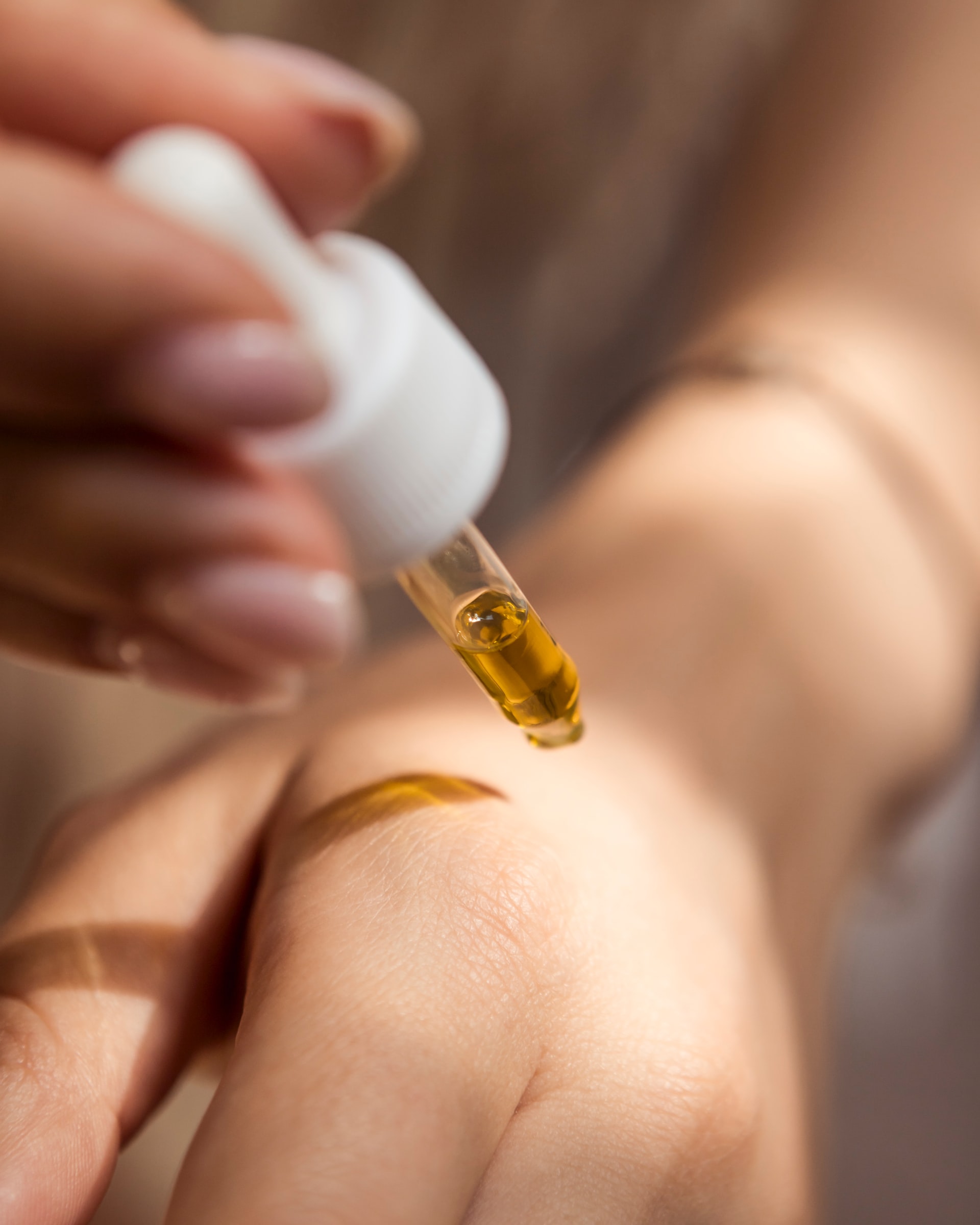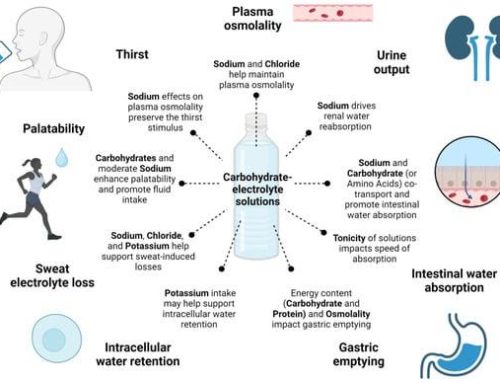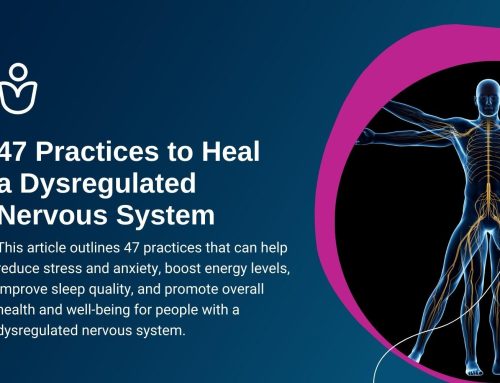Hyperpigmentation is when areas of the skin, more than often around the face and neck area, become darker in appearance than the skin around it.
Hyperpigmentation can be confined to one small area, or else appear in various patches around the entire body and are usually brown, red, or black. If you, or a loved one, has recently discovered that they are experiencing hyperpigmentation in one or more areas, then continue reading to learn of four ways to help fight it.
Contents
1. A Chemical Peel
You may well have heard of the treatment called chemical peel in the past but are likely to not be over-familiar with what it involves.
Essentially, a chemical peel is a specific surgical procedure for the facial area which stimulates the growth of new and more youthful-looking skin cells and the removal of any dead skin cells in the process. Not only is a chemical peel an excellent treatment for hyperpigmentation as it uses chemicals to remove the outer layer of the skin, but such a procedure is also beneficial to people with acne or acne scarring, deep and clogged pores and uneven texture.
2. Have Hyperpigmentation Professionally Diagnosed
In the era where the internet is king, it can often be more tempting, cheaper, and significantly easier to self-diagnose hyperpigmentation without consulting a medical doctor. Or start sensitive skin care without dermatologically tested products.
Your doctor will be able to identify whether or not your skin issue is indeed hyperpigmentation and subsequently be able to prescribe specific treatments which are more personalized to your situation.
A doctor is likely to conduct the following:
- Order a blood test to check levels of iron, vitamins, and hormone distribution
- A thorough physical exam
- A questionnaire to ascertain when the skin first darkened and current medications
- Remove a small sample of the affected skin to examine under biopsy
- Use ultraviolet light to study the area
3. Corticosteroids
Corticosteroids, more commonly known by most people as simply steroids, are drugs which have fast-working anti-inflammatory properties.
Usually, the use of corticosteroids is often most effective on people with hyperpigmentation in a smaller and secluded area of the body and is often prescribed to people who want to reduce the appearance of hyperpigmentation for aesthetic reasons.
It would also be pertinent to note that prolonged use of any type of steroid on the skin is ill-advised, as it can lead to thinning of different layers.
4. Dermabrasion
Both microdermabrasion and dermabrasion work by removing the epidermis of the skin in the affected area, with the latter usually producing much faster visible results.
Dermabrasion is used for a variety of different treatment plans, including the smoothing out of fine lines and wrinkles, but can also be more than a little effective for people who are living with hyperpigmentation.
If you are becoming more and more disturbed and concerned by the visible appearance of your hyperpigmented skin, then dermabrasion may well be the right choice for you. It is worth noting that the lighter your general skin tone, the more visible the improvement of your hyperpigmentation will be.








Leave A Comment